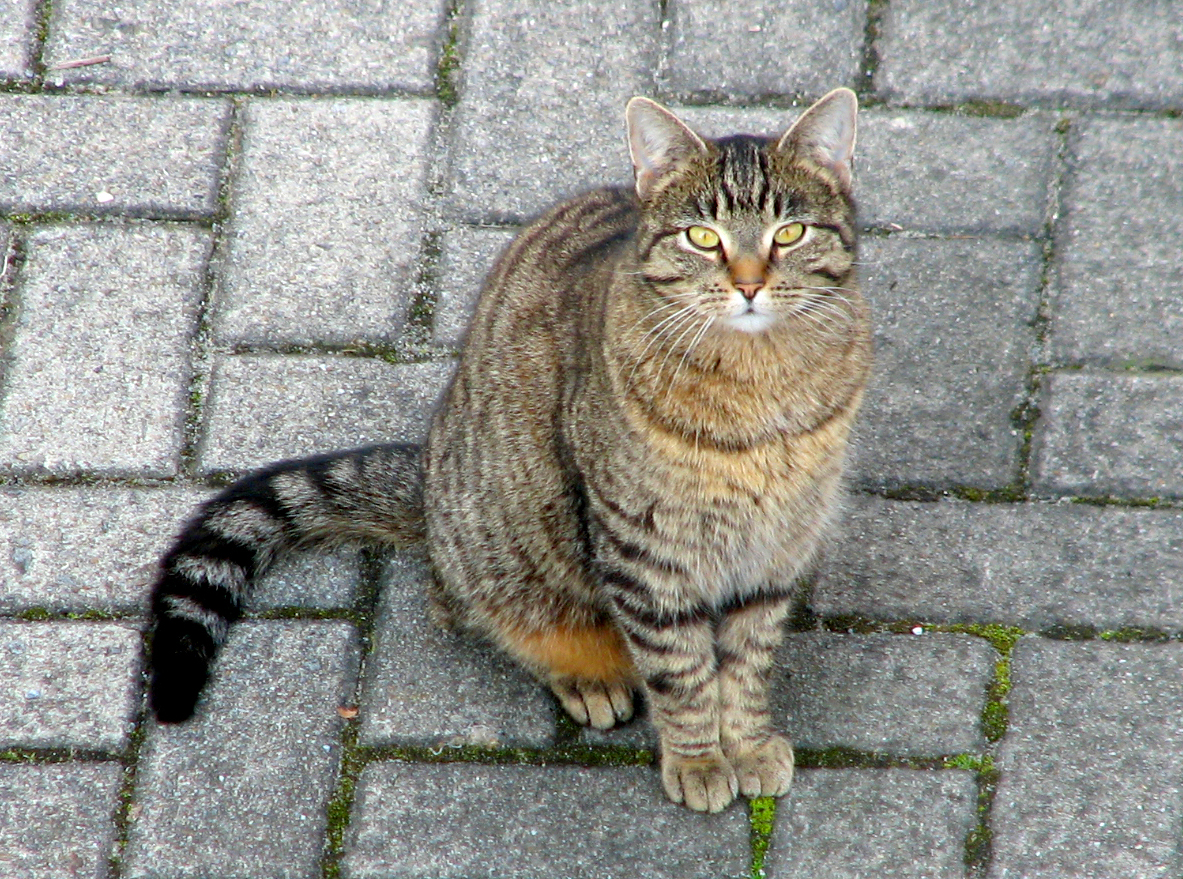This post may contain affiliate links. Please check out my privacy policy and disclosure policy.
The cat that is sitting adoring you with its eyes and hoping for a treat (or a lap) and is your companion is a domesticated house cat.
But what exactly is a domestic cat?
A Little History
The domestic cat is a member of the feline family and has evolved from the wild ancestors of thousands of years ago to become the popular animal that shares a life with humans. Approximately 30% of American households have cats and worldwide the number stretches into the millions. It was long thought that cats were domesticated in Ancient Egypt 4,000 years ago. However, recent research indicates that cats were living alongside humans in China over 5,000 years ago. Farmers in central China at that time had a problem with rodents eating their grain, and they found that by keeping cats close by, rather than chasing them off or killing them, ensured the cats controlled the rodents and their harvest was safe. Over time a little pet here and a little stroke there encouraged the cats to stay and so the life long relationship with humans was born.

Domestic house cat
Todays domestic cats are thought to be descendants of the North African Wild Cat who gradually shifted from hunting to scavenging for food. Living in proximity to villages allowed the cats to supplement their diet of rodents with scraps, and over time the cats became more comfortable with humans, and the humans with them. Little by little they crept into the life of the people. As the cat and human grew to enjoy each other the cats developed into a gentler more sociable creature.
A Few Facts
The domestic cat has evolved to be a remarkably striking animal with certain similarities and very little variation in the species. Certain features like head shape, coat length, fur and eye color can vary but overall the features of a domestic cat remain similar with small round head, short nose, pointed ears, long tail, all similar to their wild cousins.
Distinctive physical features of the domestic cat include:
Fur – long haired or short haired
Coat color – ranges from white to black with a numerous varieties in between
Coat pattern – single color, stripped, mottled, calico
Tail – long tails for the majority, or no tail for the Manx cat
Ears – usually erect and with various degrees of point
Eyes – many colors, but always prominent with excellent vision
Eyelids – have an inner eyelid (called palpebra tertia to protect the eye
Behavioral features of the domestic cat:
Purring – often when happy or content, but can also be a calming behavior when stressed
Growling – an act of aggression and warning, can also occur when in pain
Hissing – a warning
Kneading – a throw back to kitten hood to indicate happinessVocalizing – meow, trills, yowl, chatter. Some cats are more vocal than others (Siamese) while others are virtually silent